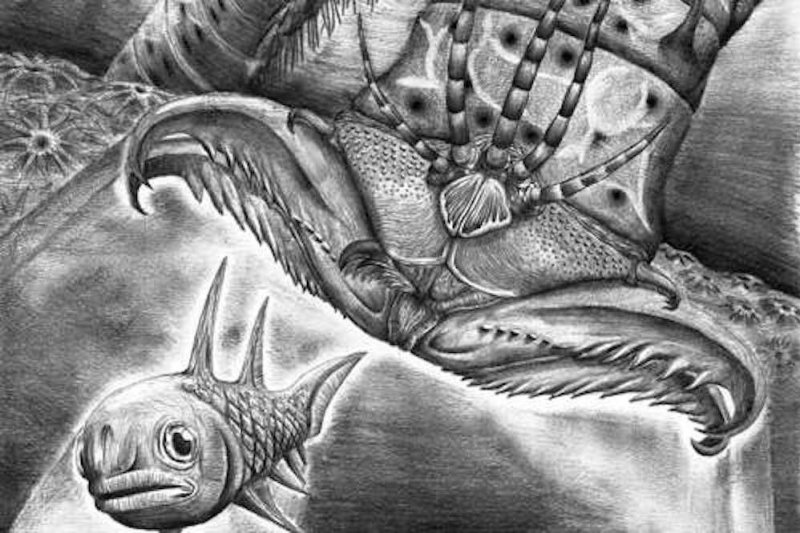Feb. 21 (UPI) -- A storage closet at the Royal Ontario Museum in Canada has yielded a new species.
The ancient worm fossil has been hiding the closet since the mid-1990s after it was excavated from the Kwataboahegan Formation, a fossil-rich strata in Ontario representing the Devonian period.















